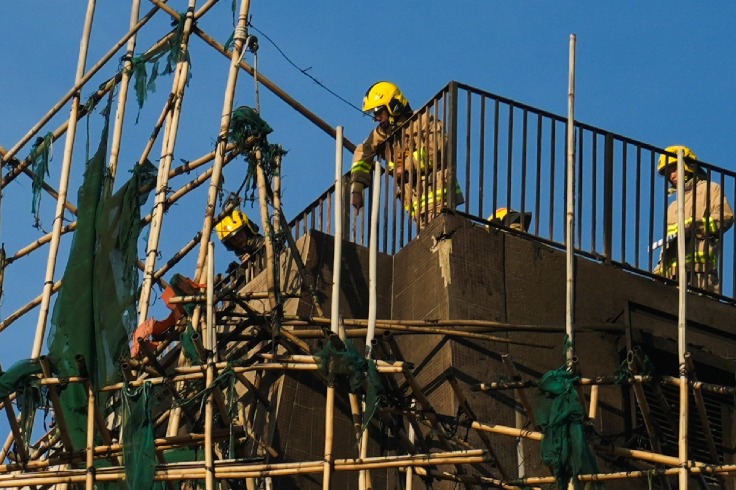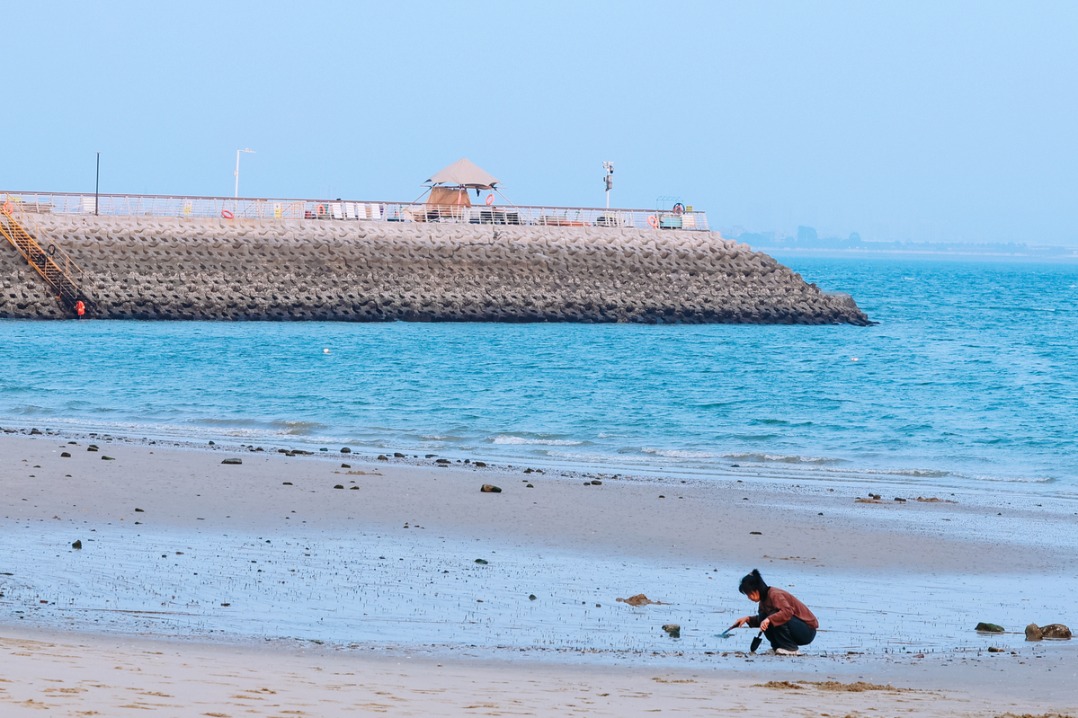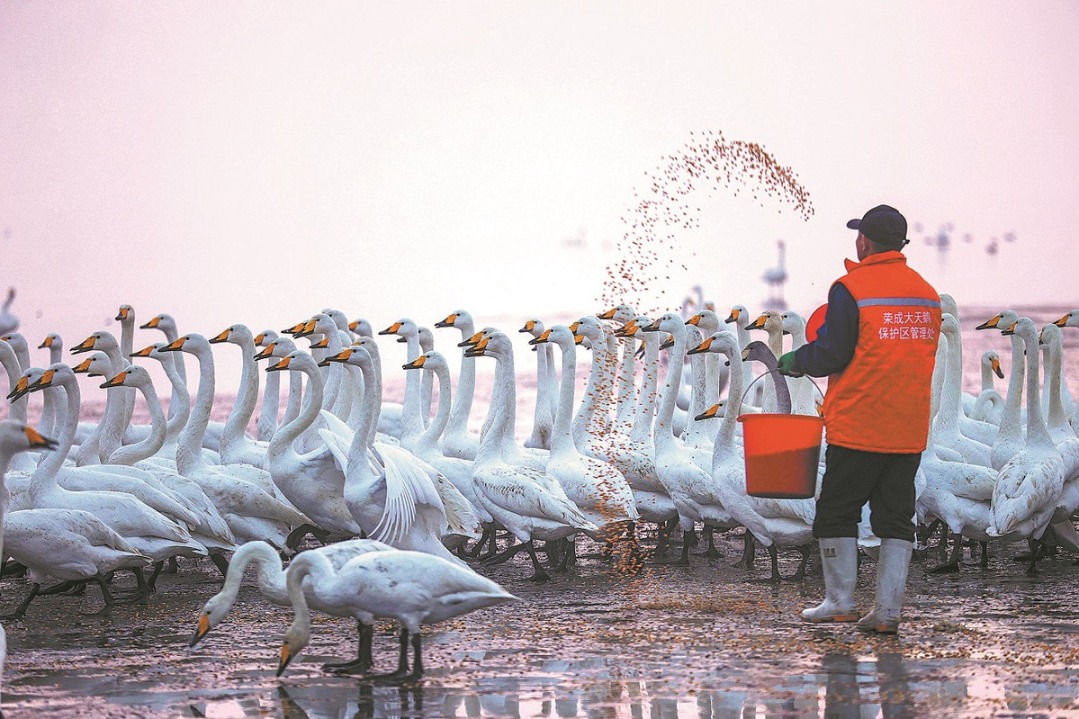Chinese scientists develop novel 'marshmallow' concrete to gently stop aircraft during emergency landings

BEIJING -- Chinese researchers have created a revolutionary runway safety system using ultra-lightweight foam concrete, nicknamed "marshmallow" concrete, that gently arrests hundred-tonne class aircraft during emergency landings.
The breakthrough was made by the China Building Materials Academy (CBMA) Co., Ltd., in collaboration with China Academy of Civil Aviation Science and Technology and a tech firm of the academy in Beijing. It has recently been awarded the second prize for innovation by the China Building Materials Federation, reported the Science and Technology Daily on Monday.
The research team developed a new material, resembling ordinary concrete but featuring over 80 percent porosity and weighing just 200 kg per cubic meter -- a tenth of the weight of standard concrete.
This material creates a "soft barrier" that absorbs kinetic energy through controlled crushing. "It looks solid, but crumbles upon impact, decelerating planes smoothly," explained Fang Jun, a CBMA research and development engineer.
Takeoffs and landings are critical phases for aircraft safety, where accidents often occur. To mitigate risks, the International Civil Aviation Organization (ICAO) mandates runway end safety areas (RESAs) that extend at least 90 meters beyond the runways.
Historically, water pools, grassland, soil or sand were used as RESAs, but such options were unstable and environmentally sensitive.
"For example, water pools tend to freeze in winter and attract animals, while the soil surfaces are highly sensitive to environmental humidity and temperature, with unstable mechanical properties," said Fang.
To develop an extraordinary ability to absorb energy through fracturing, the mechanical collapse performance of ultra-light foam concrete must be precisely controlled.
Using the Boeing 747 as an example, he explained that the foam concrete used for impact resistance must be maintained within a precise strength range of 0.30 to 0.35 megapascals.
"For ordinary foam concrete, higher strength is typically better. However, our material operates under the requirement of lower strength, with a very narrow fluctuation range," said Fang.
International technical proposals utilize calcium sulfoaluminate cement as a raw material, which offers advantages such as rapid hardening and reduces forming difficulties.
However, its high cost poses challenges for many low-cost small airports. Additionally, the inherent properties of calcium sulfoaluminate cement can lead to powdering over extended service periods, said Fang, noting that the Chinese team aims for a cheaper, yet durable, formula using ordinary cement.
Foaming is the crucial stage in producing ultra-lightweight foam concrete. "The process is essentially 'blowing bubbles' into the concrete mixture," said Fang.
To fortify bubble films, the researchers innovatively introduced a maleated rosin-based twin-chain air-entraining agent. This agent enables molecules to densely align on bubble membranes, forming a robust "armor" that prevents material collapse.
Additionally, for long-term outdoor performance in aircraft arrestor systems, the team developed a dual-stage strength-regulation technology. This precisely controls strength development through a staged-release mechanism, allowing the material to compensate for environmentally induced strength degradation over time, said Fang.
The system has now been applied in 14 airports nationwide, with year-long monitoring data from an airport in Nyingchi, Southwest China's Xizang autonomous region, showing just 3 percent fluctuation in properties, far below the 10 percent design tolerance, he said.
- Defense ministry launches its official account on X
- Former national political advisor expelled from CPC, public office
- China completes wireless heavy-haul train trial
- Hong Kong's Legislative Council election held successfully
- Court outlines boundaries in property service disputes
- Ex-sports chief gets suspended death




































